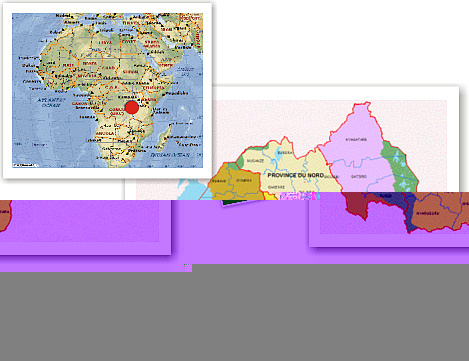| 1899 |
Rwanda
became a German colony. |
1900 |
King
Musinga received the first group
of European Catholic missionaries,
knows
as the “White Fathers”. |
| 1917 |
After
the defeat of the Germans in WWI, Belgium
established a political system of indirect
administration with the King, effectively
working under the Belgian President. |
1935 |
The
Belgian Colonial Administration
issues, for the first time, identification
card that clearly categorized people
as “Hutu”, “Tutsi” and “Twa” on
the basis of the number of heads
of cattle they owned or physical
character. Those with ten or more
cows were categorized as “Tutsi”,
while those with less were categorized
as “Hutu”. |
| 1954 |
King
Rudahigwa demanded total independence and an end to Belgian colonial occupation.
King Rudahigwa died mysteriously in Burundi.
Most Rwandan people believed that there was Belgian involvement in his death.
King Kigeri Ndahindrwa reigned Rwanda.
|
1959 |
At a time of strained relationship between
the monarch and the Belgian authorities,
King Rudahigwa died mysteriously
in Burundi. Most Rwandan people believed
that there was Belgian involvement
in his death.
First Genocide to Tutsi people.
Many Tutsi exiled to DRC, Uganda,
Burundi
and Tanzania. |
| 1962 |
Belgium
officially granted independence to
Rwanda and Gregoire Kayibanda became
the first president. |
1963 |
More
genocide to Tutsi people. |
| 1973 |
Major
General Juvenal Habyarimana toppled
Gregoire Kayibanda and became the president.
More genocide to Tutsi people. |
1975 |
More
genocide to Tutsi people |
| 1979 |
Rwandese
Alliance for National Unity (RANU)
was established by a group of Rwandan
exiles in Kenya. The objective of RANU
was to find a solution for the problem
of Rwandan refugees and to struggle
against dictatorship in Rwanda. |
1987 |
RANU
became Rwanda Patriotic Front (RPF). |
| 1990 |
RPF
began armed struggle. |
1993 |
After
a long period of negotiation, the Arusha
Peace Agreement was signed between
RPF and the Rwandan government.
Although the Rwandan Government signed
the agreement, they prepared for
genocide to train the civilians “Interahamwe”. |
| 1994 |
President
Habyarimana died in a plane crash.
Genocide began. More than 1,000,000 Tutsis and moderated
Hutus were killed in three months, and 800,000 people
were wounded mentally and physically. |
April
1994 |
RPF
captured Kigali.
RPF established the new government. Pasteur
Bizimungu was the president and Paul
Kagame who led the RPF was the vice president. |
| 2000 |
Pasteur
Bizimungu resigned, and Paul Kagame
became the president. |
Dec
2000 |
New
National Anthem and new national flag
were established. |
| Dec
2003 |
New
Presidential election, Paul Kagame was elected.
|
2005 |
Rwanda
has one town and 4 provinces, although
there were one town and 11 provinces. |
|
|
| Aug
2010 |
New
Presidential election, Paul Kagame was reelected.
|


